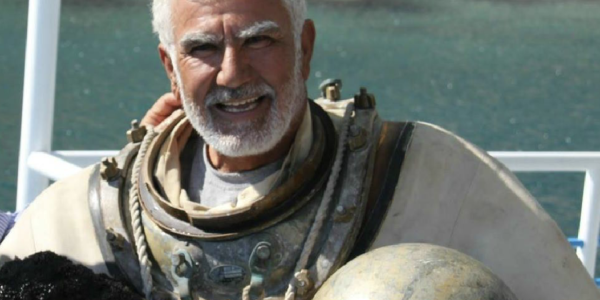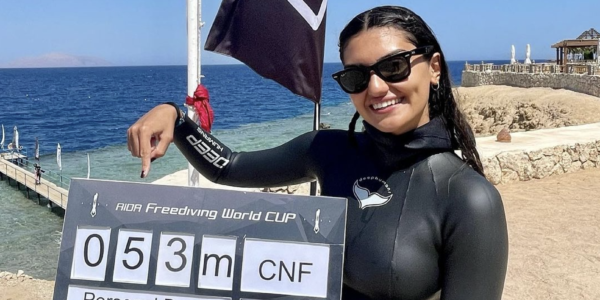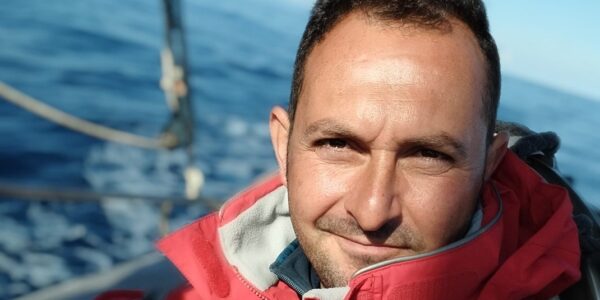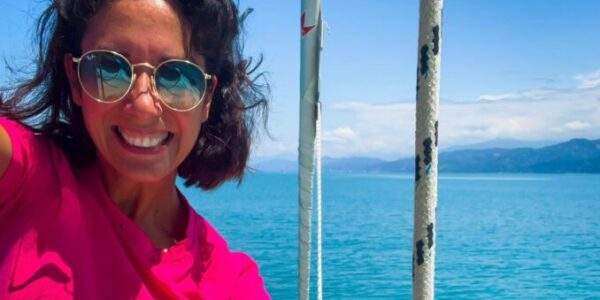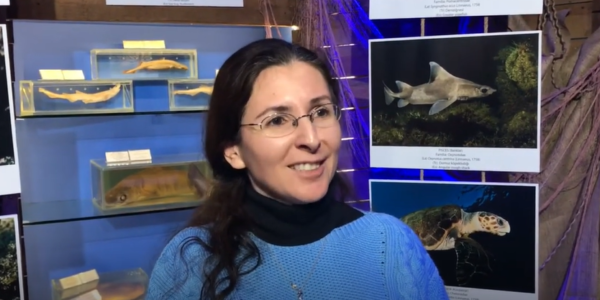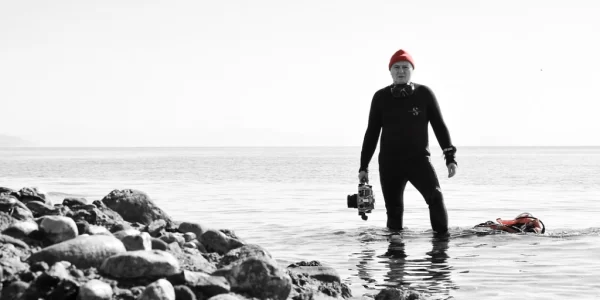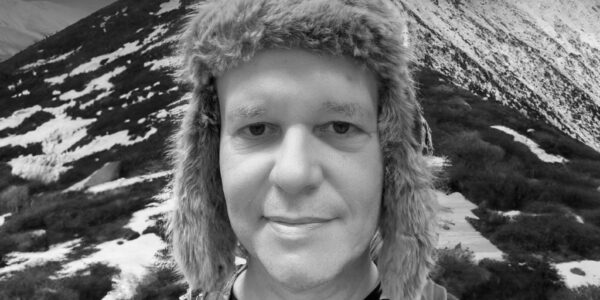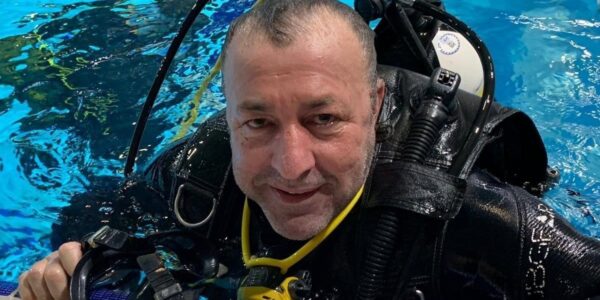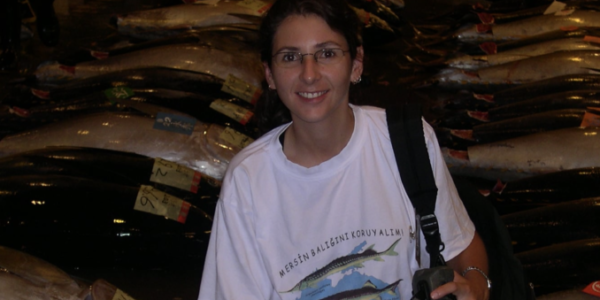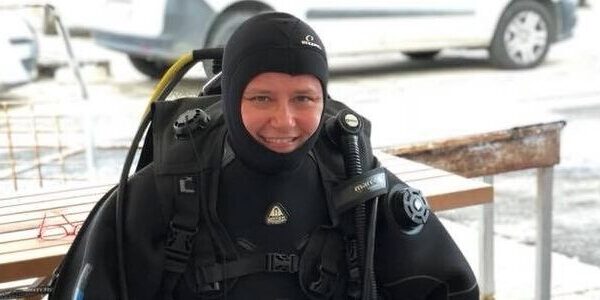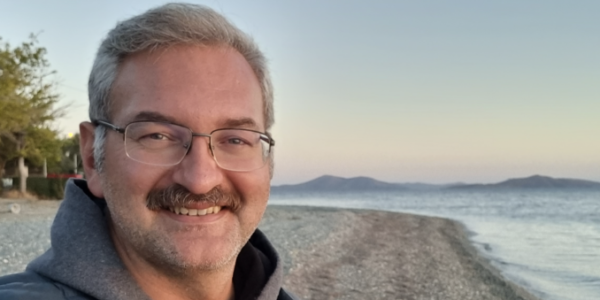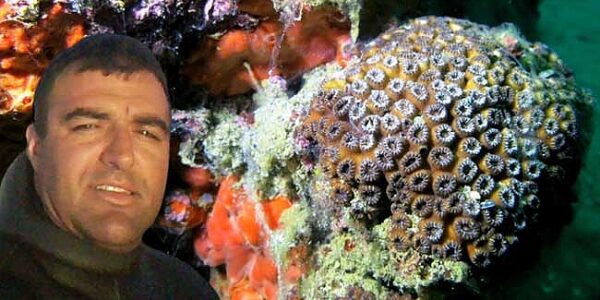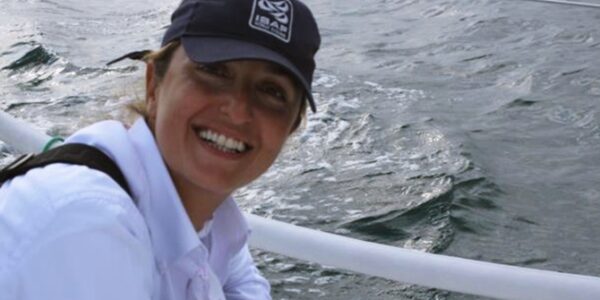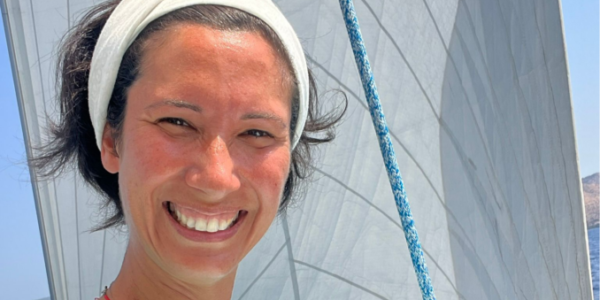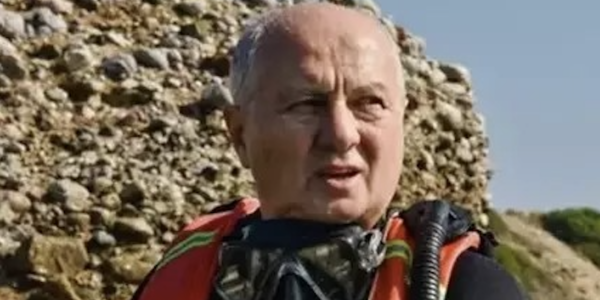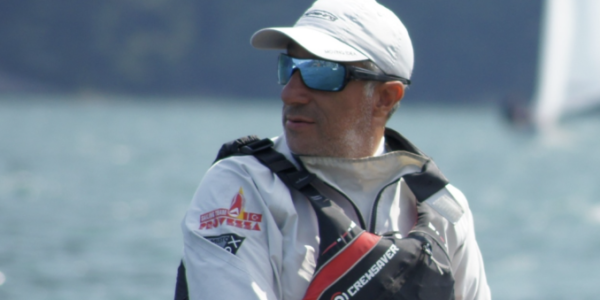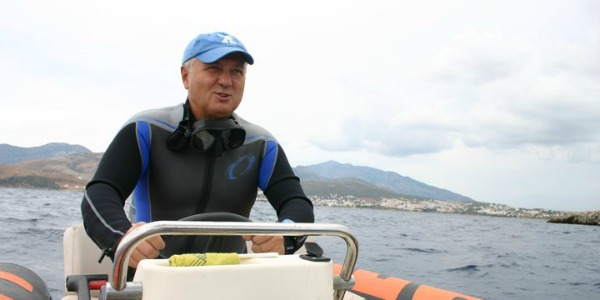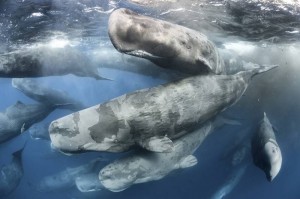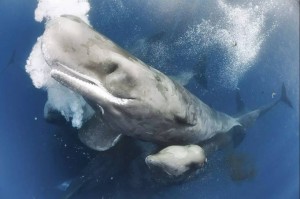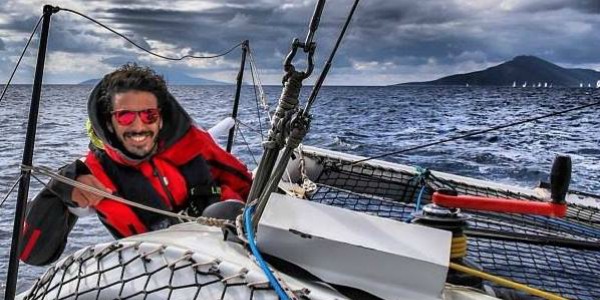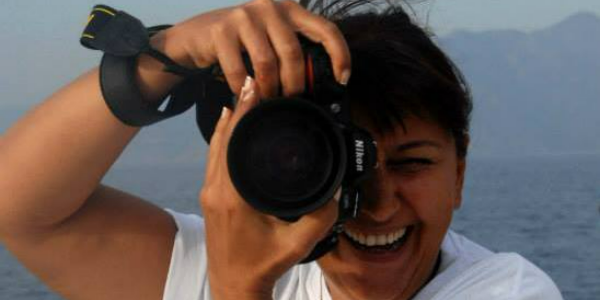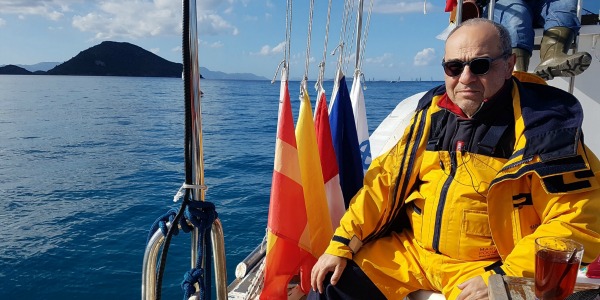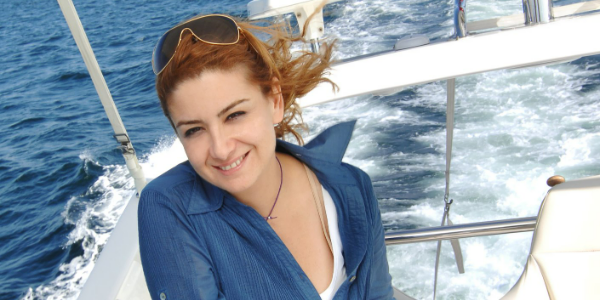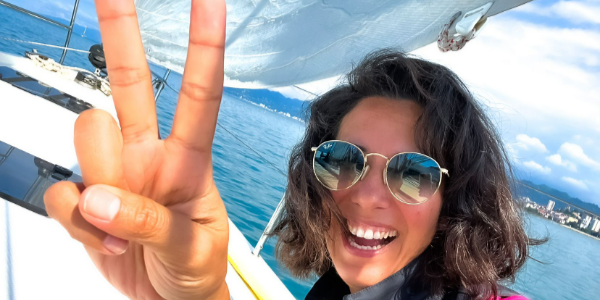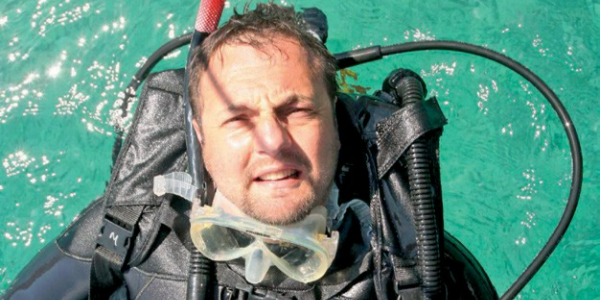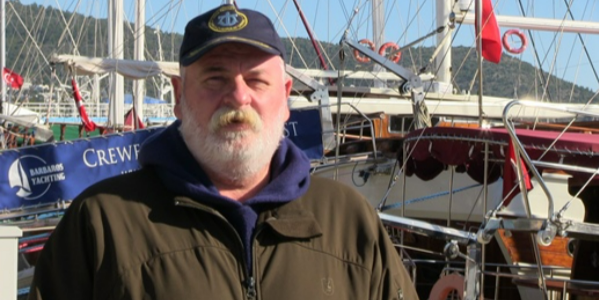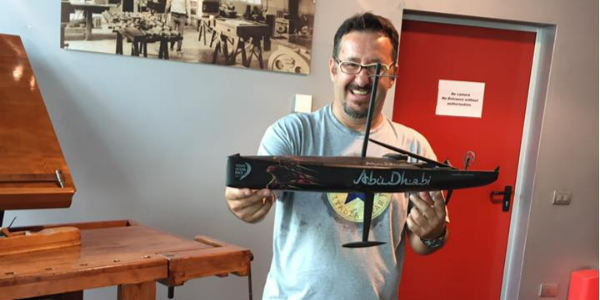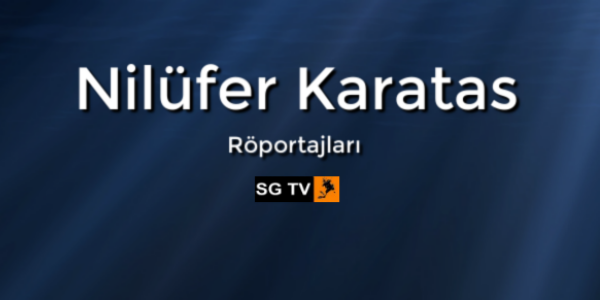An underwater photographer found himself amidst a rare and enormous gathering of sperm whales; his photos are out of this world.
Tony Wu is a naturalist and photographer who has been using his gifts for decades to encourage people to appreciate and protect the beauty of the oceans. Last year he was out at sea in a small boat looking for whales when lo and behold, he saw not one, but many. As he recounts for the wonderful website, bioGraphic:
When a faint puff of condensation shot into the air on the horizon, I thought it was a mirage, an artifact of fatigue and my compromised senses. But when I saw a second, I knew there was only one thing it could be – the exhalation of a surfacing whale. Excitedly, I counted a third, then a fourth, a dozen… no, hundreds!
That’s how I came to witness a phenomenon few have ever seen before.
Skimming over the waves, I stopped the boat a short distance from where I had seen the whales’ last blow and slipped quietly into the sea. I could scarcely believe my eyes.
Hundreds of sperm whales (Physeter macrocephalus) swam to and fro, their huge bodies elegantly twirling and twisting through the water as they socialized. Bumping, jostling, and rubbing themselves against one another, they were exuberantly tactile, their behavior appeared almost euphoric. I felt like a gatecrasher at a wedding, so obvious was their delight in each other’s company.
The whale party he witnessed was an enormous superpod gathering of hundreds, if not thousands, of individuals actively engaged in a frenzy of physical contact and biosonar communication. While scientists aren’t exactly sure why these graceful giants gather in such extraordinary numbers, one thing is for sure: It might be one of the most beautiful things on the planet, as evidenced by the photos Wu shot and which can be seen on the following pages.
Don’t try this at home!
You may be wondering about the wisdom of diving into a frenzy of hundreds of 40-ton wild animals, Wu has more than 16 years of experience observing, photographing, and interacting with sperm whales and other cetaceans. He knew that they would not be aggressive, especially given that they were preoccupied with socializing. Still, with bodies bumping and flukes flying, being able to read the whales’ movements and anticipate their actions were crucial to his safety, notes bioGraphic.
Source: tree hugger
